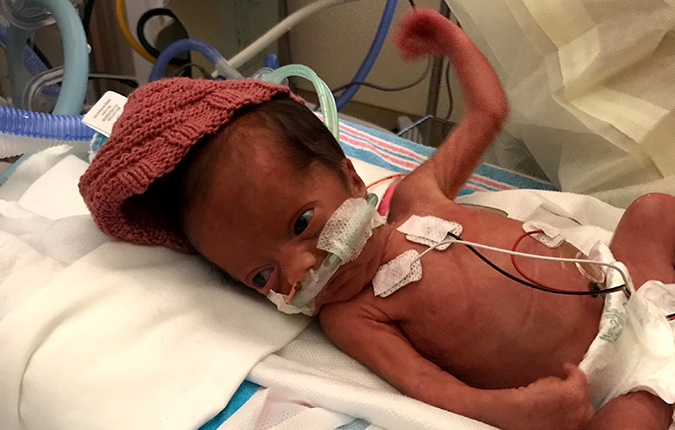Condition
Pediatric Adenoid and Tonsil Hypertrophy
Adenoid and tonsil hypertrophy in infants and children is a relatively common occurrence. The precise cause is unknown although it is often thought to “run in the family”.
The adenoids are located at the back of nose and when enlarged, may cause nasal obstruction, recurrent sinusitis, post nasal drip, sleep apnea, chronic runny nose, halitosis and even chronic cough. Large tonsils may cause sleep apnea at night and difficulty with swallowing during the day.
How is adenoid and tonsil hypertrophy diagnosed?
The tonsils are easily visible during physical examination however the adenoids require an X-ray or flexible fiberoptic examination of the nose to assess.
How is adenoid and tonsil hypertrophy treated?
Treatment for symptomatic adenoid and tonsil hypertrophy is surgical excision. This is completed on an outpatient basis for most healthy children over 4 years of age however younger children requires observation post operatively the first night after surgery. Although this surgery is quite commonly performed, the recovery can be very difficult due to throat pain felt during the first post-operative week.
Providers Who Treat Adenoid and Tonsil Hypertrophy
 Aasha's Rare Gift Will Help Other Babies Grow up Healthy
Aasha's Rare Gift Will Help Other Babies Grow up HealthyTesting the descrption field
Departments that Treat Adenoid and Tonsil Hypertrophy

Pediatric Aerodigestive Clinic
Our Aerodigestive Clinic provide specialized care for children with airway problems and feeding disorders.





